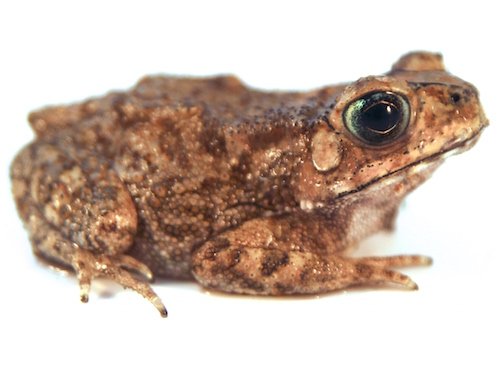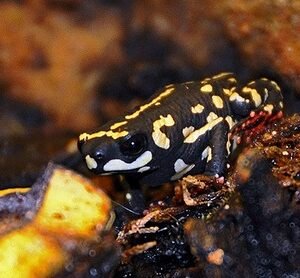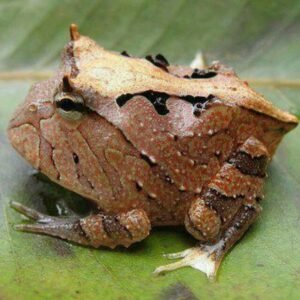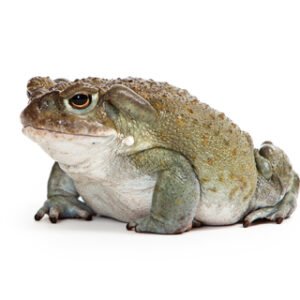Understanding the Asian Spiny Toad: Characteristics and Habitat
The Asian Spiny Toad, recognized scientifically as *Duttaphrynus melanostictus*, is a captivating amphibian that has become a subject of interest for exotic pet enthusiasts. Characteristically, this toad is notable for its distinctive spiny texture and vibrant coloration, which often includes shades of brown, gray, and yellow, providing excellent camouflage within its natural habitat. Adult Asian Spiny Toads can reach lengths of approximately 3 to 5 inches, making them relatively small compared to other toad species. Their size, coupled with their robust and stout body, gives them a unique presence that appeals to many collectors.
One of the most striking features of the Asian Spiny Toad is its spines, which are prominent on its back. These spines are not only a fascinating evolutionary trait but also serve as a defense mechanism against predators. Additionally, the toad’s skin is often covered in warty textures, contributing to its overall uniqueness among amphibians. Beyond their physical characteristics, their behavior is equally intriguing; these toads are primarily nocturnal and exhibit a range of vocalizations that can be heard during the night, particularly during the breeding season.
In terms of habitat, the Asian Spiny Toad is predominantly found across tropical and subtropical regions of Southeast Asia, including countries such as Thailand, Vietnam, and Malaysia. These toads thrive in a variety of environments, from humid forests to grasslands, where they tend to reside near water sources like ponds and marshes. Understanding their habitat is crucial for potential owners, as replicating these conditions is essential for their health and well-being when kept in captivity. Providing a suitable environment with suitable humidity levels, temperature, and access to water will significantly affect the quality of life for these unique creatures as pets.
Caring for Your Asian Spiny Toad: Tips and Best Practices
Caring for an Asian Spiny Toad, a captivating amphibian species, requires understanding its specific needs to ensure a healthy and happy pet. Proper diet is paramount; these toads are primarily insectivorous, thriving on a diverse range of food items such as crickets, mealworms, and waxworms. It is advisable to provide a varied diet along with the occasional dusting of calcium and vitamin supplements to promote optimal health. Be mindful to avoid feeding them insects sourced from the wild, as these may carry pesticides or parasites harmful to your toad.
Creating an appropriate habitat is the next essential aspect of care. The enclosure should be spacious enough, usually at least a 20-gallon tank, and should mimic their natural habitat. Providing a substrate of coconut fiber or soil, along with hiding spots such as logs or rocks, allows your toad to feel secure. Additionally, including shallow water dishes for bathing and hydration is crucial, as Asian Spiny Toads enjoy immersing themselves in water.
Temperature and humidity control are vital to replicating their native environment. Ideally, the temperature should range between 75-80°F (24-27°C) during the day, with a slight drop at night. Maintaining humidity at 60-70% will aid in proper skin function and overall well-being. Regular monitoring of both temperature and humidity using appropriate gauges is advisable.
Common health issues in Asian Spiny Toads can include skin problems, respiratory infections, and obesity. Regular health checks and prompt action in case of illness are essential for their longevity. Additionally, handling should be gentle and infrequent to minimize stress, allowing your toad to acclimate to your presence. Building a bond through consistent, calm interaction can enhance their comfort level in captivity.
To ensure a thriving environment for your toad, sourcing the right supplies, including a proper tank, food, and habitat elements, is essential. Engaging in research and connecting with reputable pet stores or online suppliers will facilitate a successful care routine. Prioritize enrichment within their habitat to promote physical activity and mental stimulation, encouraging a fulfilling life for your Asian Spiny Toad.





